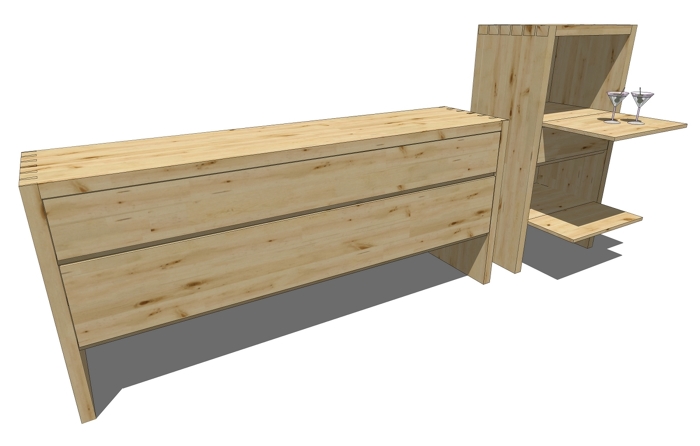

The dimensions will update automatically, too. That means if you have some reason to go back and edit the SketchUp model, those changes can appear automatically in the LayOut document.

Insert the SketchUp model which creates the first viewport on the page.Make the page borders and add the title text.Things on layers higher in the list will be displayed on top of those lower in the list. In this case there’s a layer for the page borders and title block stuff, several for the SketchUp viewports and then breaklines, dimensions and text. Create layers for the different types of entities I’ll have in the document.Select the desired paper size in Document Setup>Paper.

For most projects I have templates already established but for this one, I didn’t so I did the following:

All of the parts that need to be created in the shop are made as components in SketchUp.Here are the basic steps I go through in SketchUp and LayOut. The model I’ve used here is one I actually created more than a decade ago based on the drafting table designed and built by L.Francis Herreshoff, a famous boat designed from the early part of the 1900’s. This video is in no way meant to be a comprehensive tutorial regarding the use of LayOut but hopefully it’ll give you some ideas. In this video I’ll go through a few things I do in SketchUp to prepare for creating a plan and then show you an overview of setting things up in LayOut. LayOut, which is part of the SketchUp Pro package, offers an easy way to create those plans from your SketchUp model. Once you’ve got your designs and all the details worked out you can then use the models to create plans for yourself or for others. SketchUp is a great tool for designing your woodworking projects.


 0 kommentar(er)
0 kommentar(er)
